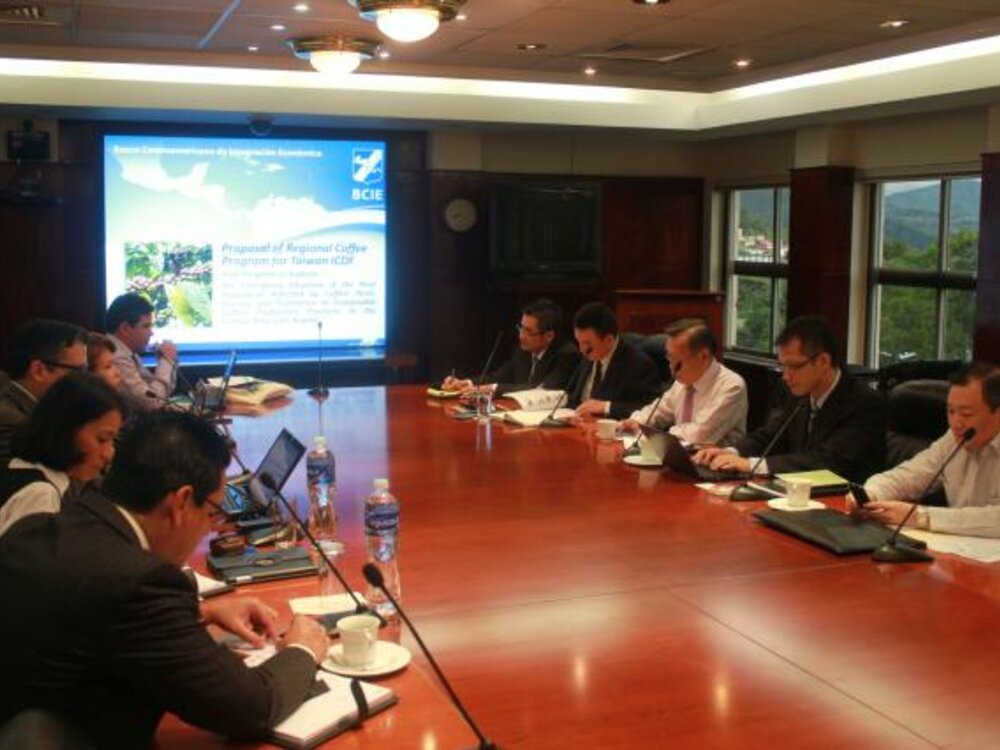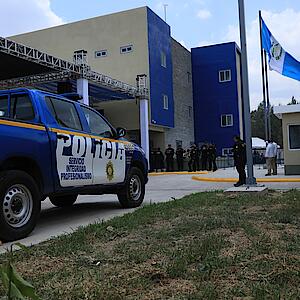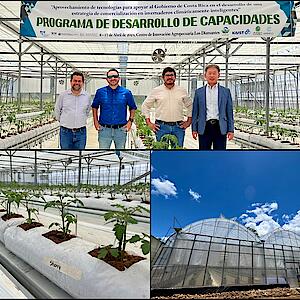A technical team from CABEI, ICDF and OIRSA seek to ease the impact of the Coffee Leaf Rust disease in Central America

Coffee Leaf Rust disease, known as Roya in Spanish, has affected more than 593,037 hectares of Coffee plantations (54.8% of the total); displaced workers are estimated on 373,584 people (17.2% of the total).
Tegucigalpa, August 22 2013.- A technical team from the Central American Bank for Economic Integration (CABEI), the Republic of China (Taiwan) International Cooperation and Development Fund (TaiwanICDF), and the International Organization for Regional Specialized Health in Agrifood (OIRSA in Spanish) met to discuss options to ease the critical situation of the coffee sector in the region.
The team visited small Central American coffee farmers to learn the social, economic, cultural and environmental impact caused by the Coffee Leaf Rust disease.
The visits included communities such as Las Lagunas in San Jose de las Flores and Llano Largo, in La Paz department, Honduras. These visits also included affected communities in El Salvador.
The team had the opportunity to learn first-hand about the social consequences of the coffee-plague in El Salvador, where it has reduced the crops to 442,000 quintals of exportable coffee from an expected 1.75 million.
For the next harvest season 2013/2014 (between October first 2013 and September 30th 2014), it is expected the coffee plants will reduce their production in 449,000 quintals due to the fact that in more than 80% of the plantations all of the coffee trees affected by the plague (or parts of them) were cut. An estimated $5.55 million won't be paid to the Central American workers during the harvest season.
Officials from the Honduran Coffee Institute (IHCAFE) and coffee sector organizations from the Marcala area, in La Paz department, joined the team and met with several coffee farmers. They expressed concern and uncertainty to deal with the social and economic problems caused by the plague in the coffee plantations. Around 95.2% of the farmers in this area are small owners with production volumes smaller than 100 quintals; 4.5% are medium producers with crops between 500 and 1,500 quintals; and only 0.3% (170 producers) is considered to be large producers, with crops that exceed 2,000 quintals.
The plantation area covers 313,697 acres, of which 77% are small farmers, 13% medium and 10% large producers.
If the support from the Republic of China (Taiwan) for the coffee sector materializes, more than 6 thousand families would benefit directly and 22 thousand indirectly. This support would be delivered through CABEI's Special Fund for the Social Transformation of Central America (FETS in Spanish).
The visits were coordinated by the Republic of China's (Taiwan) Embassy in Honduras and El Salvador, and CABEI is giving its support as the development bank of Central American region, "aiming to offer a joint program that responds to the immediate needs of farmers, and which includes alternative financial mechanisms and instruments to reduce the crisis and guarantee sustainable crops through the implementation of good agricultural practices", expressed CABEI's Executive President, Dr. Nick Rischbieth.








